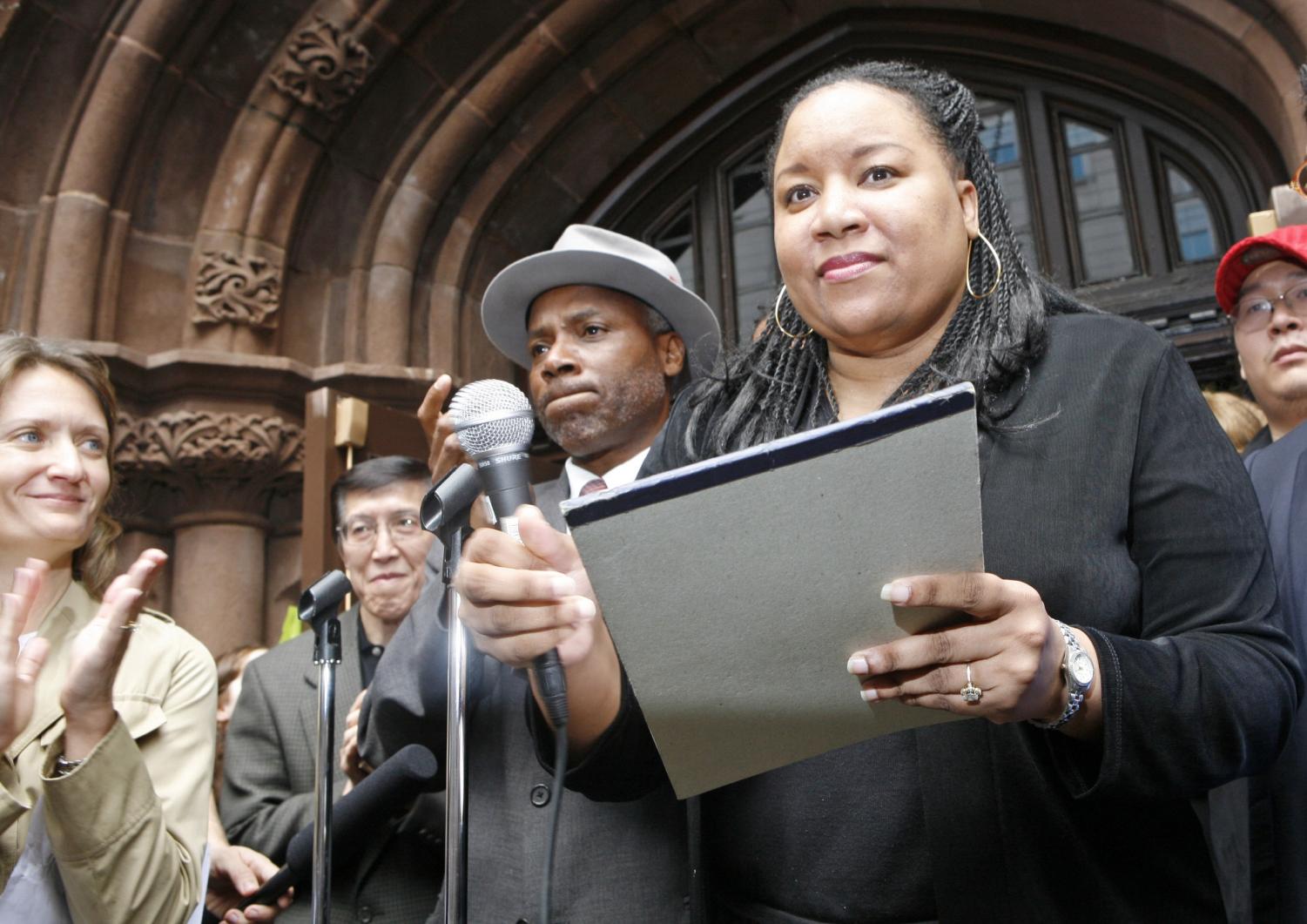In the past two months, the nation has experienced at least a dozen racially-motivated threats that may be a response to recent protests in Jena, La. Nooses have turned up in locations from Alabama to New York.
On Wednesday, Oct. 10, a noose was found hanging at Columbia University’s Teachers College, MSNBC reported. The suspected target, Madonna Constantine, is a black professor who teaches psychology and education.
On Saturday, Oct. 6, a group of high school students scribbled swastikas and “KKK” on a black student’s body against his will at Model Secondary School for the Deaf in Washington D.C.
Both scenes seem to mimic the Jena, La. turmoil — a year ago, nooses hung briefly from an oak tree outside Jena High School, after a black freshman asked if black students could sit under it. Three months later, a white student was beaten unconscious, as reported by the Associated Press.
Six black students, four of them 17 years old, were arrested. Five were initially charged with attempted murder, although that charge has been reduced to aggravated second-degree battery as four of the older youths have been arraigned. The only youth tried so far was convicted, but that conviction was overturned on appeal and the case was sent to juvenile court, according to the Associated Press.
Historically, the noose illustrates racial hatred. In fact, most nooses in the United States were used for lynching during 19th and 20th centuries.
Glen Kinoshita, director of Multi-Ethnic Programs at Biola, believes the noose in these recent occurrences is used to generate fear and to remind people of the past.
“Fear is a tool the devil uses,” Kinoshita said. “We are afraid of one another because we don’t know each other.”
The nooses are just an outward expression of a continuing inner problem, according to Brian Levin, executive director of the Center for the Study of Hate and Extremism at California State University, San Bernardino.
“Those prejudices are already there for the most part,” Levin told USA Today, “and what the Jena incident did was give them a green light on repeating this novelty.”
While some see a significant correlation between Jena, La. and the recent findings, others believe there is no connection. Biola junior Trevor Stewart does not believe what happened in Jena was indeed an act of racism. Stewart, originally from the South, agrees with reports that suggest details of the uproar in Jena, have possibly been exaggerated.
Such details as a “white-only” tree have been disputed by some Jena residents, as well as how many nooses actually hung. Supposedly, two nooses were found instead of three and were pulled down because black and white students were playing with them and putting their heads through them, according to a report on ABCnews.com.
While Stewart dismisses the Jena as a true act of racism, he acknowledges the Columbia University noose as racial discrimination.
“The person who put the noose on the door of the teacher should be expelled if they are a student and fired if they are faculty,” he said. “They should also face some sort of criminal charges for racism.”
As more instances of apparent racism surface and as more protests persist, Stewart encourages Christians to pray.
“After Al Sharpton and Jesse Jackson leave, and the media goes away, the town of Jena will be the ones left cleaning up,” he said. “We should pray for the people involved, pray for the judges, the victims, and the people who live in the towns and areas where this happened.”
Kinoshita said the solution is not to react but to prevent.
“What difference does the church make?” he asked. “Prevention has to be an ongoing priority by valuing people and diversity as part of our spiritual walk.”







